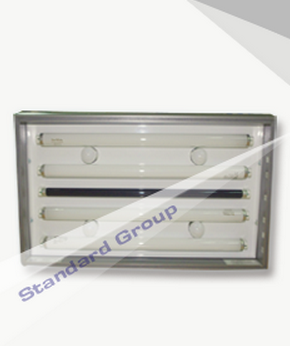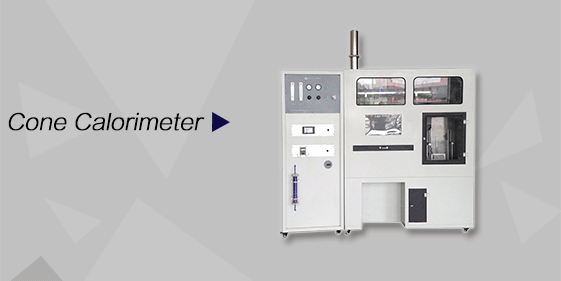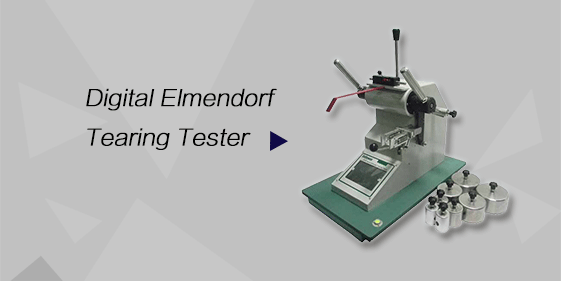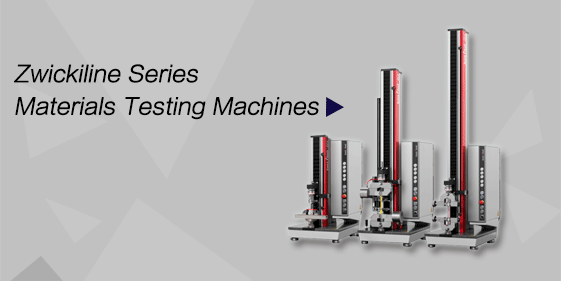Search keywords:
product name, product type, model number,
test method, manufacturer, technique, application
Light TubeBACK

Testing Standards:
Applications:
Consumable of cabinets, widely used in colorfastness test and color contrast.Product Information :
| Light source |
Applications | C.R.I. | Color temperature |
Brand | Origin | |
| daylight is recognized by CIE | D65 | VeriVide D65 “Artificial Daylight”. Within the tolerances prescribed in BS 950: Part 1; Specified for most applications where there is a need to maintain color consistency and quality. Conforming highly to the CIE specifications, for accurate color matching. | 98 | 6500K | VeriVide | EEC |
| D75 | VeriVide D75, Artificial light. Conforming to the USA ASTM (American Society for Testing and Materials) D1729-82 standard for D75 Illuminant. With high CIE specifications, for accurate color matching. | 96 | 7500K | VeriVide | EEC | |
| D50 | D50,artificial light. For the Graphic Technology and Photography industries. D50 lamps conform to BS 950: Part 2 and ISO 3664. Recommended for transmitted light source to view transparencies and for the reflected light source to view reproductions. | 98 | 5000K | Philips | Holland | |
| A light is recognized by IEC | F | Tungsten Filament Lighting. Required by BS 950: Part 1 as a test for metamerism (approxiamating CIE Illuminant ‘A’). Typical light source used within domestic environments. For materials containing red and yellow dyes are particularly important. | 100 | 2300K to 2800K |
GE | Hungary |
| A | Tungsten Halogen Lighting (CIE Illuminant ‘A’). This represents incandescent A (inc-A). Typical light source used within domestic environments. Used to check for metamerism. This source is only available in model CAC60-N7 | 98 | 2856K | |||
| Other light (florescent) source | TL840 | Narrow Band Triphosphor Fluorescent Lamps. CIE Illuminant F11. Often chosen as a European “Point of Sale” light source, with good colour rendering | 85 | 4000K | Philips | Poland |
| TL840/P15 | Narrow Band Triphosphor Fluorescent Lamps. CIE Illuminant F11. Often chosen as a European “Point of Sale” light source, with good colour rendering and manufactured to a tighter tolerance 15% specification as prescribed by Marks & Spencer. | 85 | 4000K | Philips | Poland | |
| CWF | Cool White Broad Band Fluorescent Lamps. Used as an American “Point of Sale” light source. Moderate colour rendering. | 62 | 4150K | Sylvania | Germany | |
| U30 | Ultralume Narrow Band Triphosphor Fluorescent Lamp. Often chosen as a European “Point of Sale” light source with good colour rendering. | 85 | 3000K | Philips | USA | |
| TL830 | Narrow Band Triphosphor Fluorescent Lamps. Often chosen as a European “Point of Sale” light source, with good colour rendering | 85 | 3000K | Philips | Holland | |
| Horizon Lighting | H | Horizon light, used for Automotive, Apparel and Metamerism Testing. As specified by the ASTM (American Society for testing and Materials) D1729-74, Standard Practise for Visual Evaluation of Colour Differences of Opaque Materials. This source is only available in model CAC60-N7 | 98 | 2300K | ||
| UV | Ultraviolet Blacklight. Used to detect the presence of Optical Brightening Agents and/or Fluorescent dyes. Therefore it is useful when assessing white and Fluorescent shades to check the level present and its evenness. | - | - | Sylvania | Japan |
1. COLOUR TEMPERATURE - expressed in Kelvin. (K)
Color temperature describes the color appearance of the lamp itself and the light it emits and can vary along with its spectral power distribution. “Correlated” color temperature applies to fluorescent lamps and approximates the true color temperature.
· Lamps with lower color temperatures appear warmer
· By comparison, lamps with a higher color temperature look bluer
2. COLOUR RENDERING INDEX (CRI)
A numerical system that measures how well colors are rendered by a lamp in comparison to a reference light source. The CRI is measured on an index from 0-100, with 100 representing an exact match, whilst low values indicate poor color rendering.






